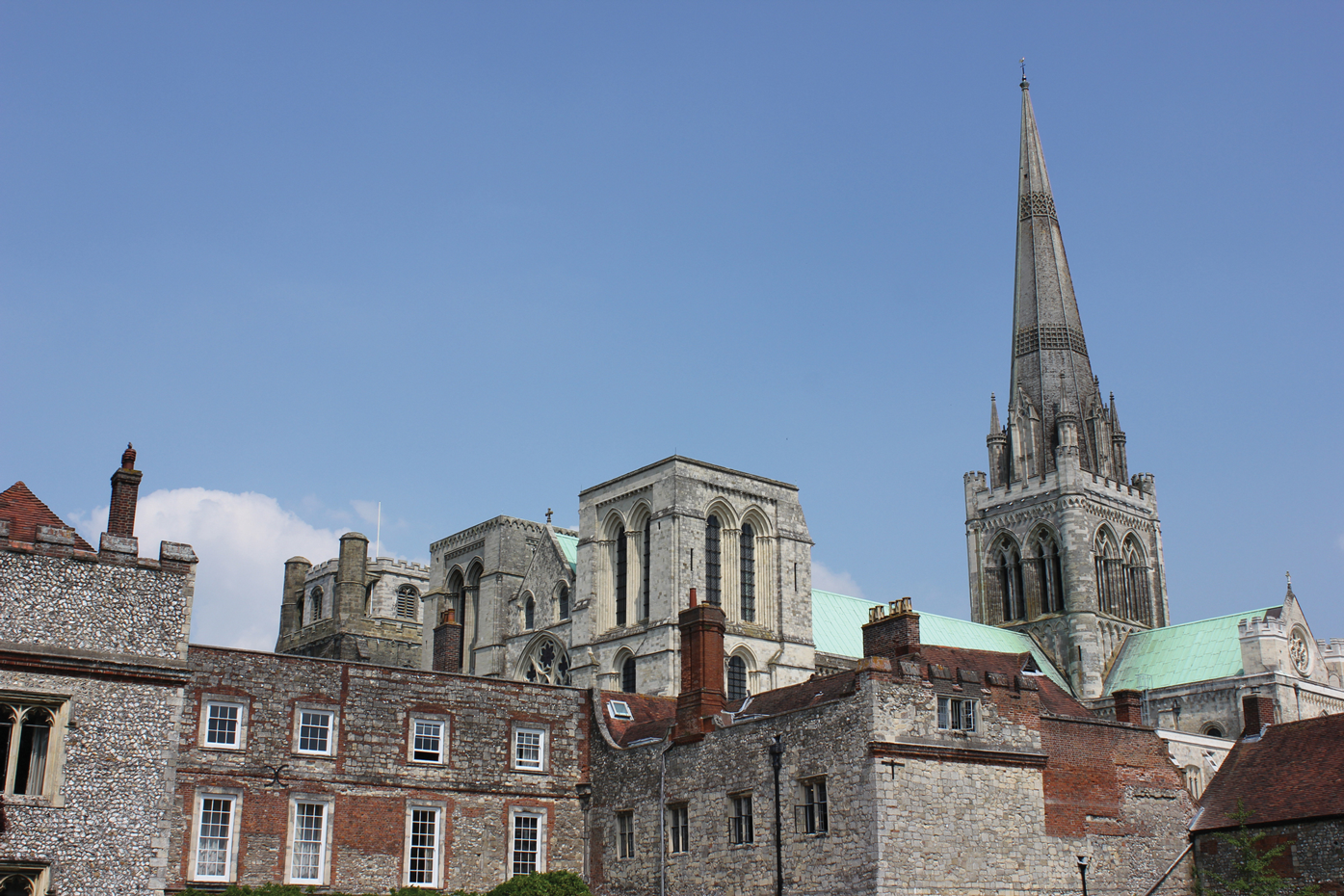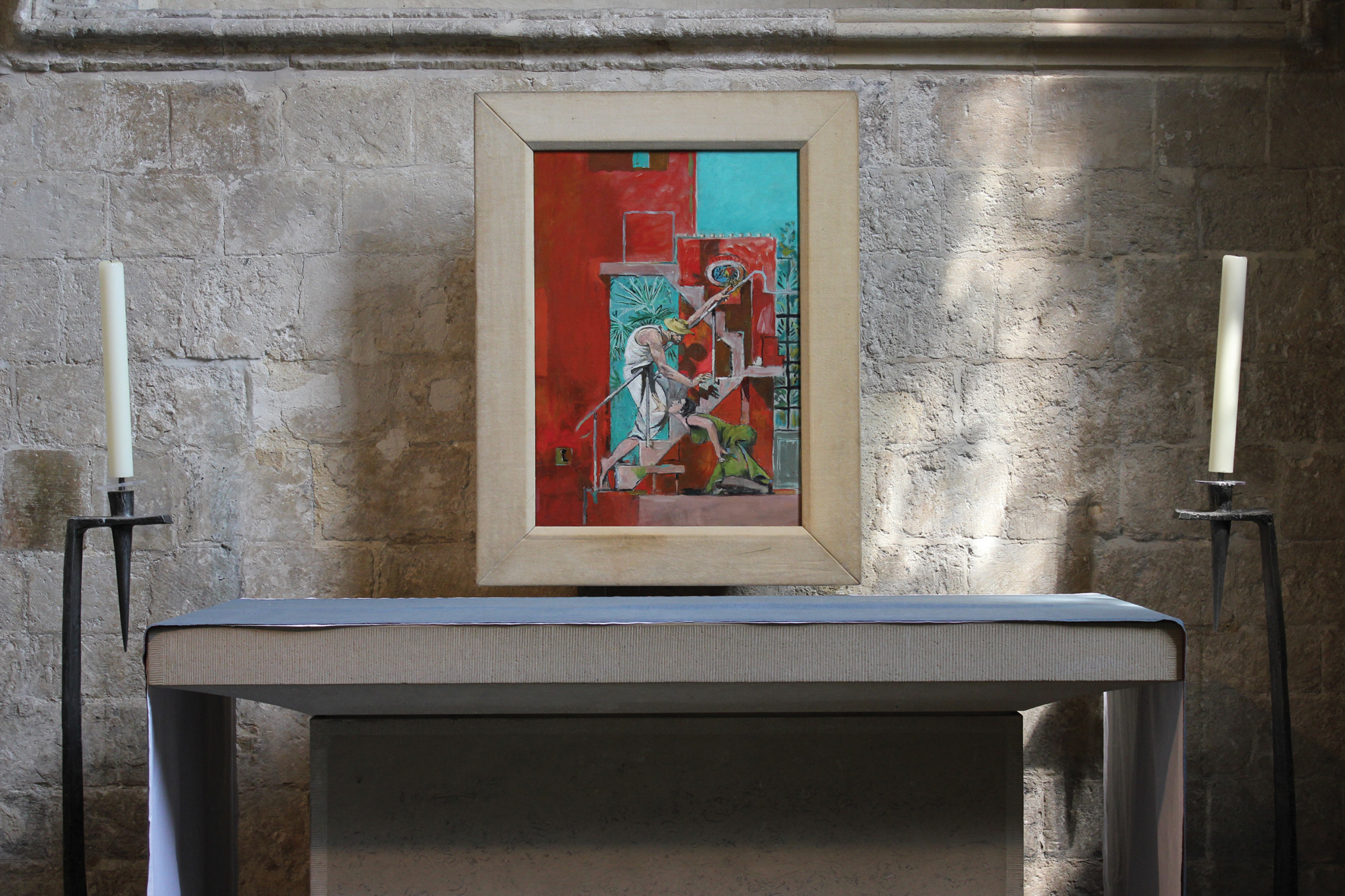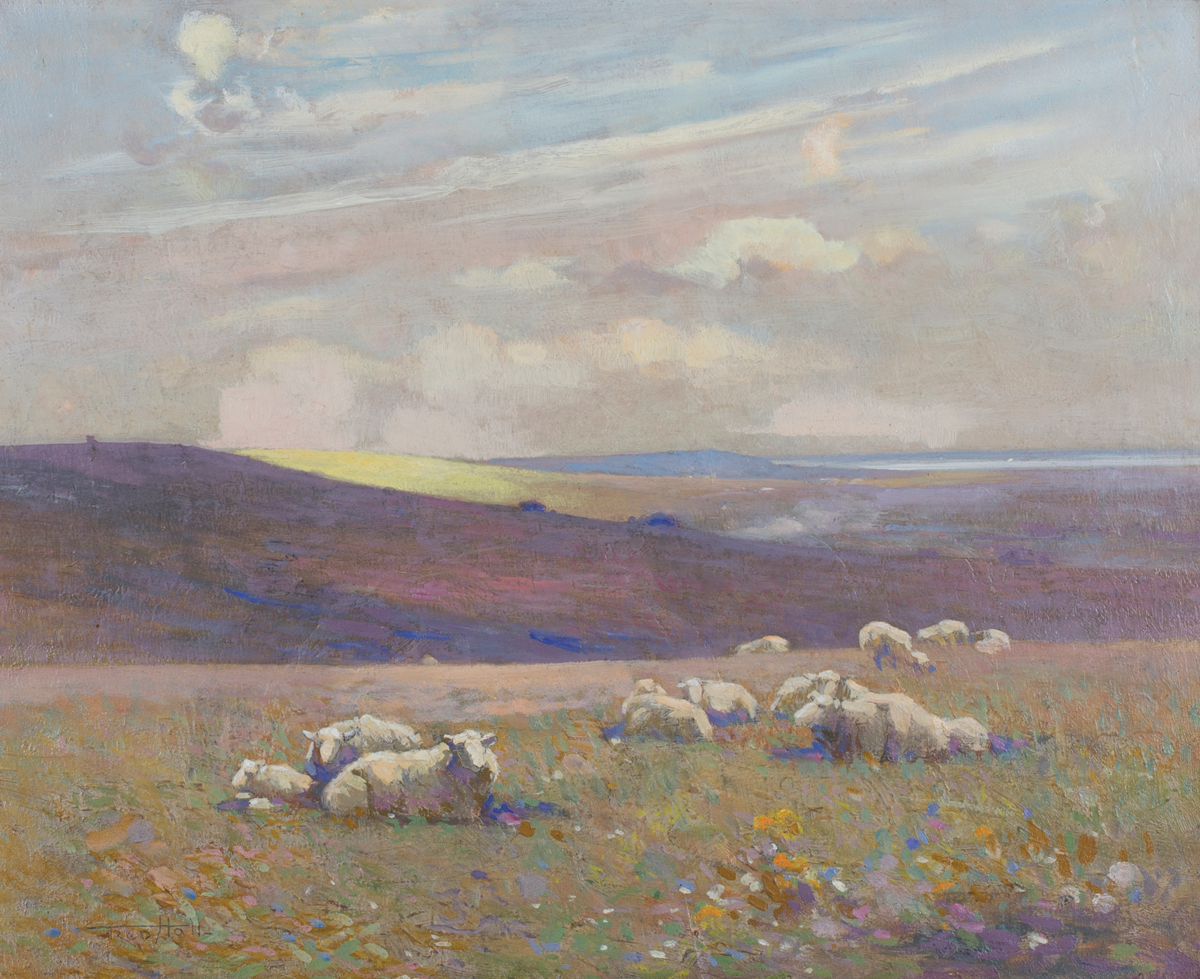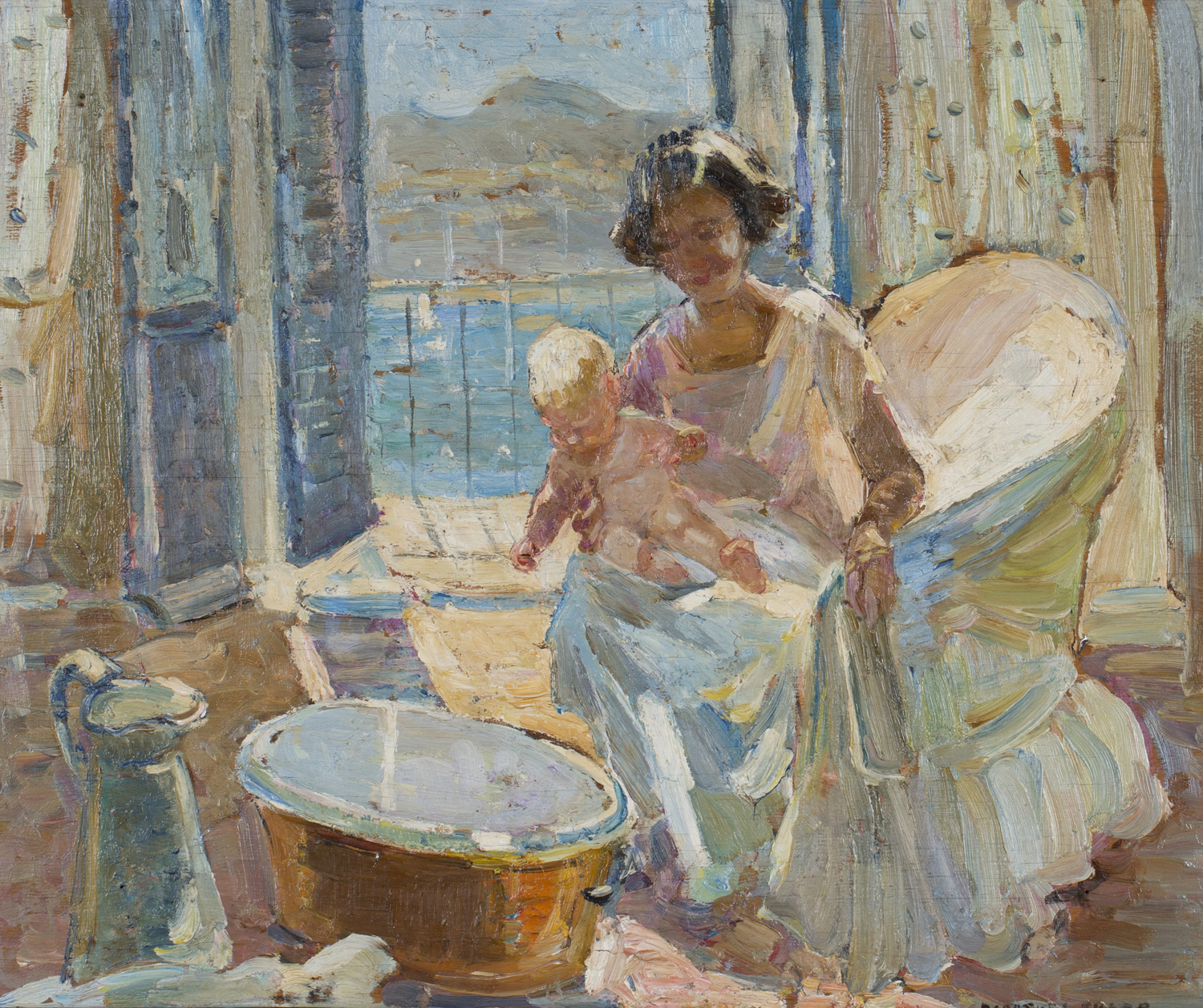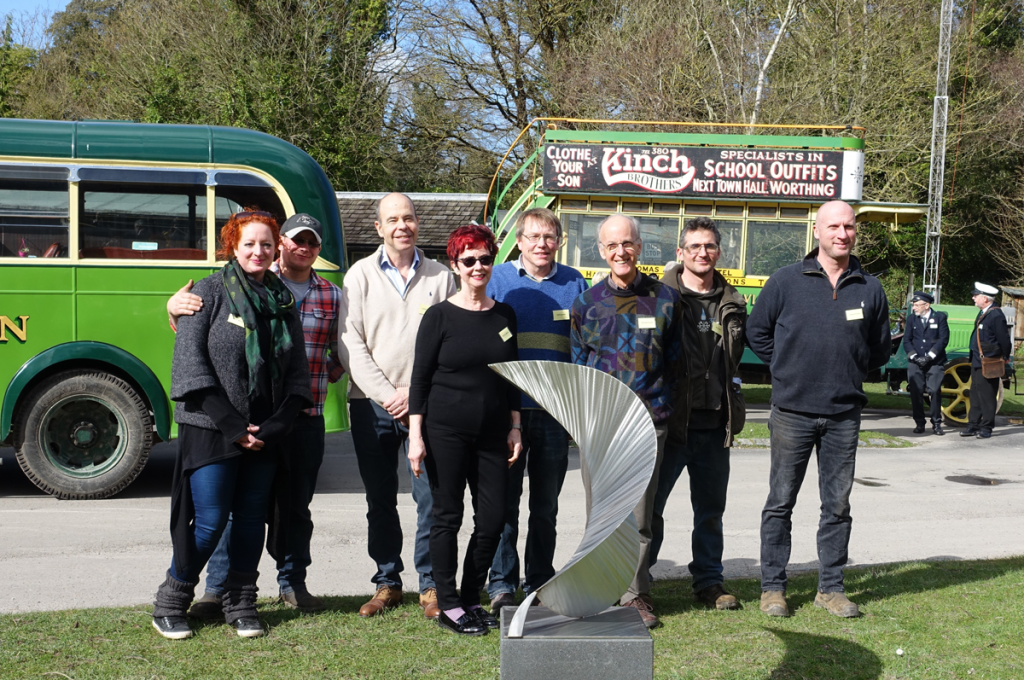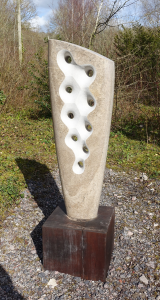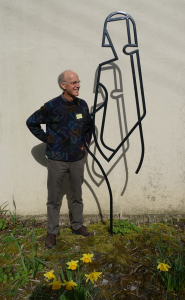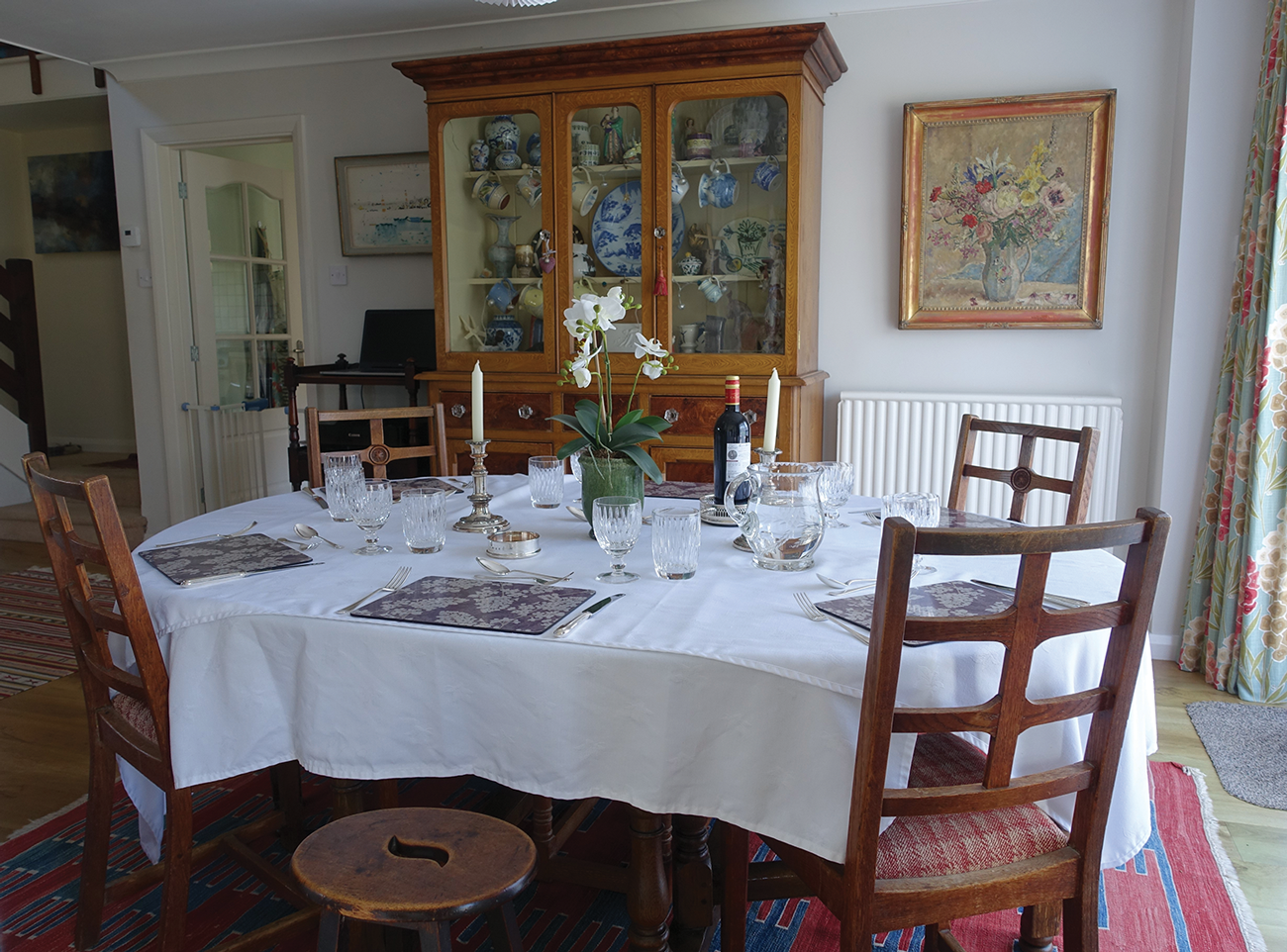
If I’m honest I much prefer a rich, textural English Country House interior over the austerity of minimalism. English Country House Taste is layered and eclectic always reflecting the taste and interests of a family and often the patchwork quilt of a family’s stories and interests over generations. It is unpretentious, layered and evolving.
My Grandparents had lived through the Second World War. Their home was generous but not grand, its interiors rich, eclectic and beautifully conceived. Although quite open in design it was made up of a series of spaces to gather and enjoy the company of friends and family.
Two sofas enfolded the fireplace with flanking armchairs and a Regency single-pedestal Pembroke table – the draw always smelt of pipe tobacco and 2B pencils. Chinese porcelain vases served as table lamps with crisp pleated shades, the walls filled with paintings and a bookcase because outward facing lively minds mattered. In the dining room a George V oak gateleg dining table reflected the light from the garden on its richly bees-waxed top surrounded by Georgian chairs. And to the side a chrome and red lacquer drinks trolley held a decanter of Madeira with an assortment of favourite glasses. These two areas were defined by a mahogany bureau which sat confidently against a wall between them.
The dining room you see here evokes these memories. It is at the heart of a 1970s Sussex home. The Waterford glasses sparkle in the sun light, reflected in the George III Sheffield plate candlesticks by Matthew Boulton which have just the right amount of wear to reveal the soft copper under the silver. The crisp white damask table cloths are modern and non-iron laid upon a Georgian oak gateleg table with later repairs and complimented by the Heals Arts and Crafts trellis back chairs. A rare Victorian scumbled pine housekeeper’s cupboard from Jersey has joyous glass handles. It is filled with an eclectic array of collectors’ objects which speak of lively minds and the toning of two connoisseurs’ eyes. You can just glimpse a confident Victorian mahogany whatnot in the background which has been re-purposed to disguise a laptop and printer. All is set off by a red Kilim rug with geometric patterns in forget-me-not blue.
The comfortable and timeless taste of the English country house is once again on the rise. It briefly, in the measure of hundreds of years, fell victim to the likes of IKEA. Furniture joined the ranks of the disposable commodity; something which still sits uncomfortably with my sense of the need for good stewardship of the world and its resources. Proper furniture became ‘brown’. The austerity of minimalism had arrived.
But once again I regularly hear people remark “Oh my Granny had one of those!” Often the things we most love will have come from, or have associations with, our grandparents or an older generation. After all grandparents are home grown heroes!
In response to their experience of war and separation my Grandparent’s generation made gathering, welcoming homes in the English Country House taste and I feel confident that we, in our turn, will do the same after the experience of Covid-19.
I am going to lay our dining table with our best glasses, cutlery and candlesticks in the English Country House tradition this weekend and ask my family and friends to join us online for a virtual supper party – let me know how yours goes!
